Your subwoofer’s size, as well as its design, are two crucial points in upgrading your car sound system. Our article offers an informative overview of the 12-inch car subwoofer, the most popular option among sound system enthusiasts who seek a compromise between size and performance.
Table of Contents:
– Understanding the basics of 12-inch subwoofers
– The impact of power handling and sensitivity
– Exploring enclosure types and their effects
– Installation tips for optimal performance
– Selecting the right 12-inch subwoofer for your needs
Understanding the basics of 12-inch subwoofers
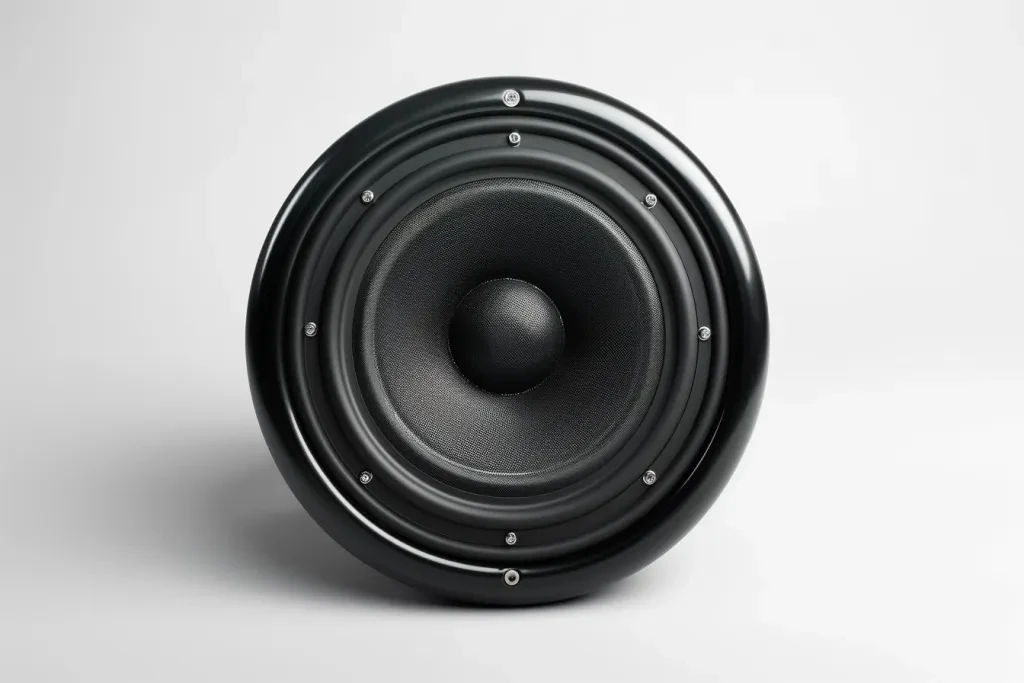
A 12-inch (30.5cm) subwoofer is the happy medium of the car audio world: it combines the right amount of physical size to the ability to reproduce low-frequency sounds. With a larger surface area, you can hear deeper, longer, and more resonant bass without needing the amount of power, or space, that larger speaker sizes would demand.
A 12-inch subwoofer’s extended frequency range makes it a good choice for many musical genres — it can handle both the deepest bass notes of that Nicki Minaj record as well as complex passages in classical music — and it’s versatile enough to work with a closed, sealed enclosure, a bandpass enclosure or an infinite baffle, depending on your sonic leanings and your car’s configuration.
This makes them a good choice for people who want to listen to deep, accurate bass reproduction, and also for those who prefer louder, more impactful sound. 12-inch subwoofers are also a good choice because they perform well in both sealed and ported enclosures, giving the user a choice in the character of the sound and the output levels available.
The impact of power handling and sensitivity
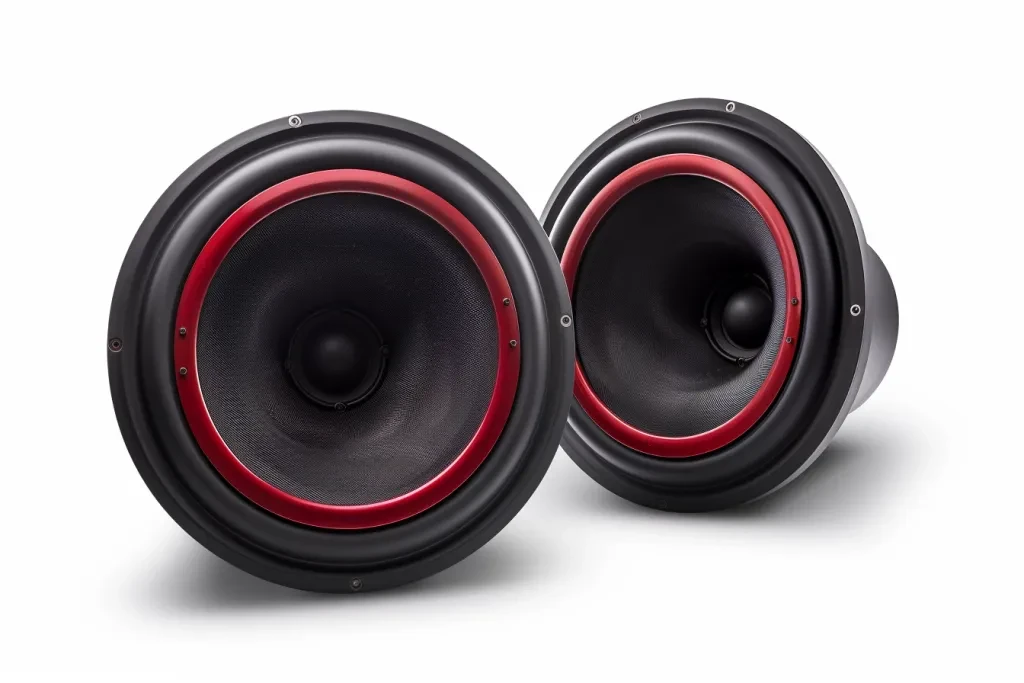
Power-handling and sensitivity are two crucial specifications to consider when selecting a 12-inch subwoofer. The power handling capacity of a component is a key consideration. It is important to know the amount of power that can be pumped into an amplifier without overloading the component. In the case of a 12-inch subwoofer, power-handling is measured in watts. Essentially, power-handling is the maximum amount of power that a component can safely receive from an amplifier.If you pump too much power into a speaker without an adequate power-handling capacity, the speaker will be damaged immediately.
Sensitivity, on the other hand, measures the efficiency of a subwoofer in converting power into sound. The higher the sensitivity rating, the less power it takes to generate a given volume – in other words, the more efficient the subwoofer. This characteristic can be extremely crucial to systems with power limits, as it can make a big difference in the overall loudness and clarity of the bass.
The key is power handling versus sensitivity Power handling versus sensitivity becomes all-important. If you have a subwoofer with a very high power-handling rating but very low sensitivity, you may need to run it with a high-power amplifier if you want it to perform to its full capability, whereas if you have a very sensitive subwoofer with a very low power-handling rating you might find it doesn’t have the robustness to cope with the output of the high-power amplifier anyway.
Exploring enclosure types and their effects
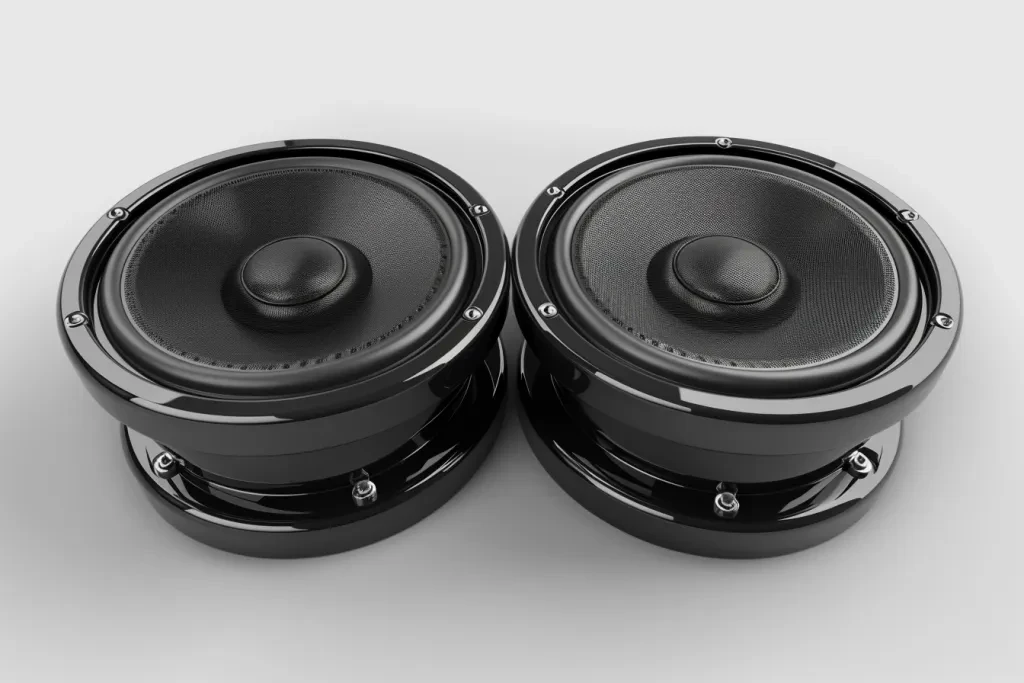
The size of the enclosure of a 12-inch subwoofer is what makes the sound of the subwoofer, especially sealed enclosures with precise bass reproduction. Sealed enclosures provide a tight sound, which enables it to control the output of sound, making it more accurate. Home cinema enthusiasts often respond better to sealed enclosures than to the bass reflex enclosure because the sealed version produces a great sound with a focus on sound quality, as opposed to volume.
Ported enclosures, by contrast, take advantage of a port or vent to enhance the efficiency of the subwoofer. This allows the subwoofer to move more air, which in turn increases its output or volume. People who like their music to have a pronounced ‘bass presence’ – especially if it is heavy with bass lines – will choose ported enclosures.
Bandpass enclosures, which pair elements of both sealed and ported designs to accentuate select frequency bands, are engineered to reproduce specific frequencies at the loudest possible levels. These might not sound great, or have decent enough frequency response, but they will be loud. High-power subwoofers that are not deeply buried in sealed boxes or pumped with compressed air produce truly thunderous bass that can be heard from blocks away.
Installation tips for optimal performance
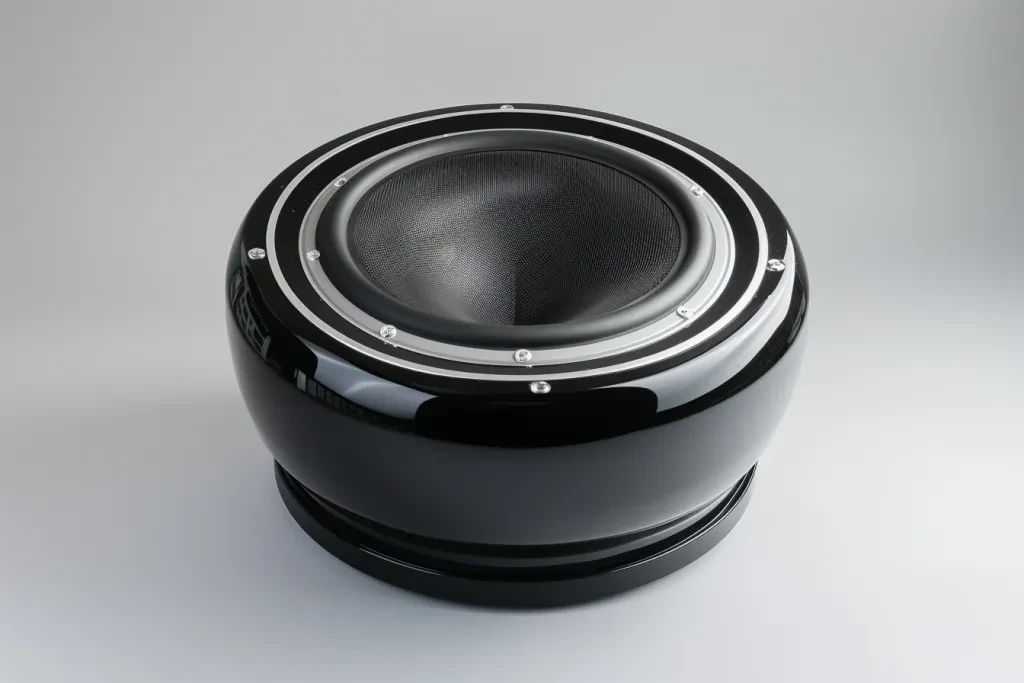
A 12-inch subwoofer can deliver massive sound waves but it has to be installed correctly. You need to make sure that the subwoofer is well mounted and doesn’t move back and forth. Also, where it is placed inside the vehicle can make a difference on how the sound would be distributed. It’s important to take time moving your sub around inside your vehicle to see where it sounds its best.
The wiring and the connections which are made also influence the subwoofer’s ability to play bass. If high-quality cabling is used and all the connections are properly made, signal loss and distortion will be minimised. It is critical when connecting a subwoofer to an amplifier that the gain and crossover settings are set correctly for the particular subwoofer so as to deliver a clean bass signal from the amplifier to the subwoofer.
In addition, the acoustic character of the vehicle interior itself can be improved. For example, the addition of sound-deadening materials can reduce rattles and reflections, allowing for tighter bass reproduction. Spending some time and effort to improve these characteristics can greatly enhance the performance of a subwoofer.
Selecting the right 12-inch subwoofer for your needs
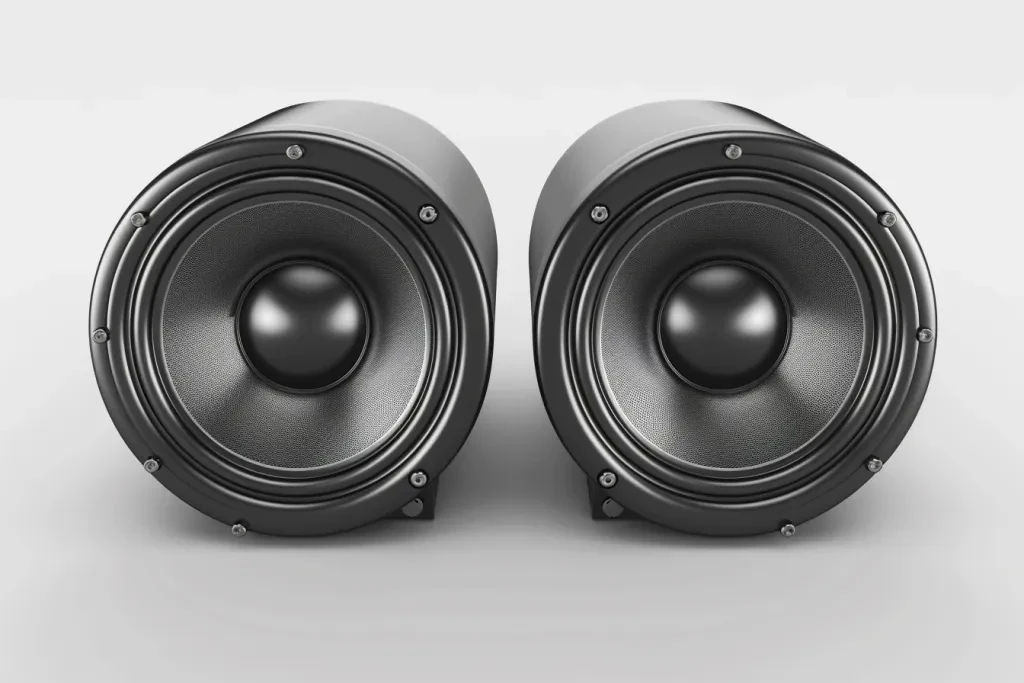
While choosing the right 12-inch subwoofer for you can be a very simple process, it depends on your taste, the space in your vehicle, and how you want your sound to come across. Based on what kind of music you like, how loud you want it to play, and how much room you have available for installation, you should be able to narrow down your options.
It will also be useful to compare the specs of the subwoofers under consideration, in terms of power handling, sensitivity and recommended enclosure. You should also read reviews, and consult audiophiles with some experience of the different models.
In the end, the right 12-inch subwoofer is the one that suits your particular needs and pleases your ears. Taking the time to carefully research a subwoofer and selecting one that fits your criteria will help to ensure a deeply satisfying sound.
Conclusion
Just one high-quality driver, a 12-inch subwoofer, can transform the audio system in your car. It can offer welcome depth and subbass to your stereo system, and envelop you with sound. With the basic principles for choosing a subwoofer in mind – paying attention to power-handling and sensitivity, considering sealed or vented enclosures, and more – you can enhance your stereo, or even transform it. The right subwoofer can’t just deliver loud bass – it can lend your music depth and dimension.








